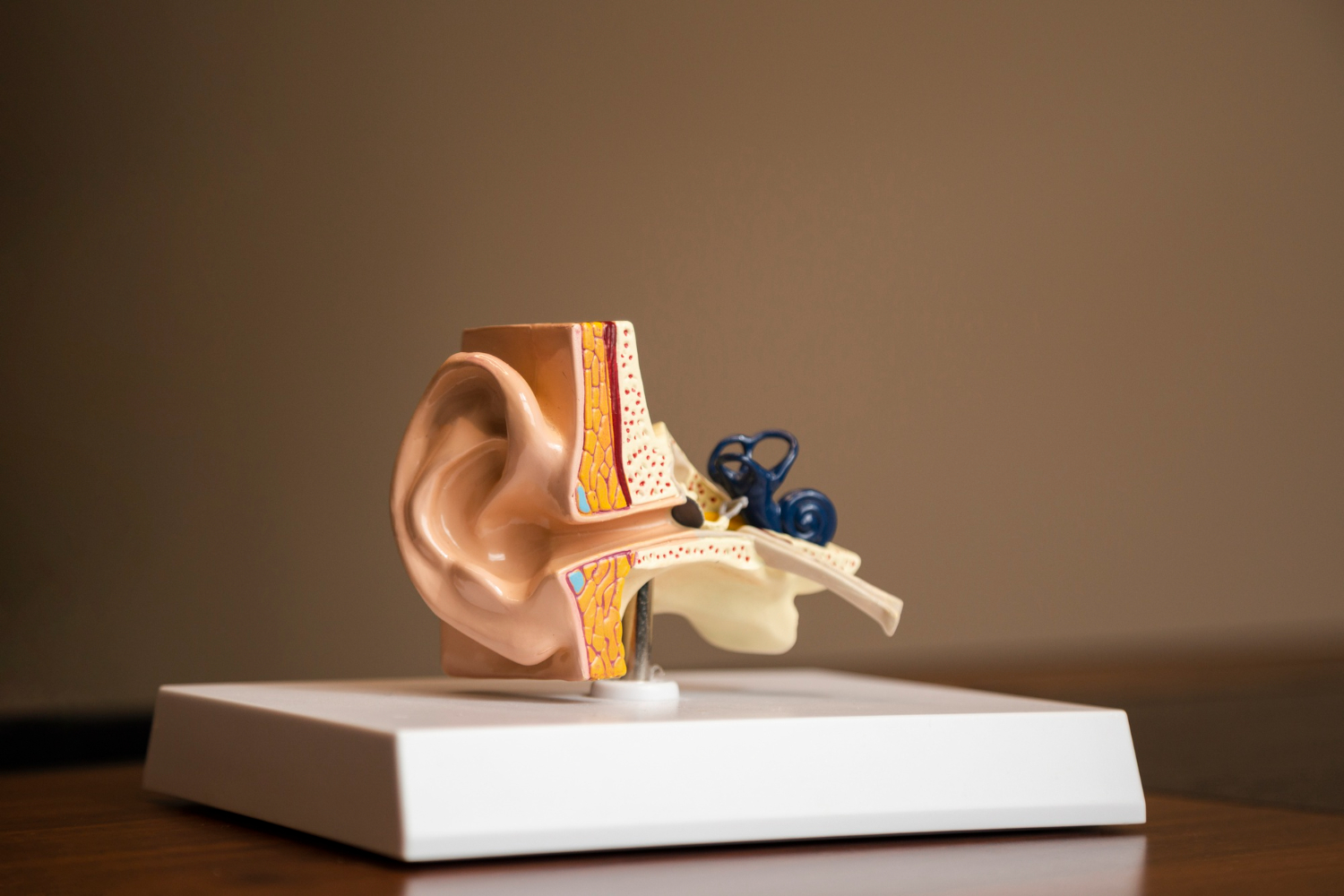Canalith repositioning maneuvers are used in the treatment of vertigo. Read on to learn what the canalith repositioning procedure involves, the benefits versus risks, and when you should seek the doctor’s help.
For more information on the canalith repositioning maneuver, contact Cayman Neurology and Pain Management. Our expert neurologists are helping many overcome vertigo in the Cayman Islands.

Specialties
Neurology
Pain Management
Diagnostic Tests
Therapeutic Procedures
The canalith repositioning maneuver (CRP) is a procedure used to treat vertigo symptoms. The most common procedure performed is the Epley maneuver. This procedure is only effective at managing benign paroxysmal positional vertigo (BPPV): the most common type of vertigo. It involves performing a series of certain head movements.
BPPV occurs when tiny calcium carbonate crystals, called otoconia or canaliths, detach from the utricle in your inner ear and accumulate in the semicircular canal. These may then send incorrect signals to your brain about your head position. This creates the dizzy symptoms of vertigo.
The Epley maneuver is done to help move these canaliths out of the semicircular canals. When the canaliths are removed from the semicircular canals, the vertigo symptoms are reduced.
Your doctor will give you all the instructions you need before the procedure. You don’t usually need to make any special preparations before the maneuver. For more comfort, it is usually suggested that you wear non-restrictive clothing so that you can move freely during the maneuvers.
During the canalith repositioning maneuver, your healthcare provider will guide you through several positions. Each position will be held for some time before moving on to the next. The positions may be repeated within a treatment session. Your doctor may use an imaging device over your eyes.
The procedure will likely include the following:
These maneuvers may be repeated during the session. After the treatment, you will be required to keep your head above shoulder level, including while sleeping. Your doctor will give you specialized instructions about what symptoms to monitor and how to check to see if the procedure worked. You may be given additional exercises to do at home.
Your doctor may encourage you to do the canalith repositioning maneuver at home. Although there is no problem in doing this at any time, the best time is before you go to sleep. This will help you to avoid feeling any vertigo symptoms that could come with performing the procedure.
You can expect to get some relief from vertigo symptoms immediately after you have finished the procedure. You will sometimes need to repeat the procedure to reduce symptoms further.
The good thing about the canalith repositioning maneuver is that it’s relatively safe. Your doctor can provide this non-invasive treatment in their office, and they can teach you how to do it yourself at home.
You may experience the following side effects after the canalith repositioning maneuver:
If you have certain health conditions, including retinal detachment, vascular disease, or neck or back injuries, then let your doctor know before the procedure.
You should see your doctor if you have symptoms like vertigo, dizziness, or loss of balance. It’s important to remember that canalith repositioning procedures only work for BPPV and not other types of vertigo. Your doctor will be able to provide you with an accurate diagnosis and recommend the right treatment for you.
You should also call your doctor if you’ve already received treatment and still have symptoms. Your doctor may want to rule out other conditions, such as ear infections and migraines. You may, in some cases, be able to receive medication for nausea or motion sickness to ease your symptoms.
At Cayman Neurology and Pain Management, we are helping patients overcome their vertigo symptoms. Get in contact to make an appointment to see how canalith repositioning maneuvers can help relieve your symptoms. Our practice can be found in the Cayman Islands.
Medically reviewed by Sara T.
Copyright © 2024 Cayman Neurologist. All Rights Reserved.